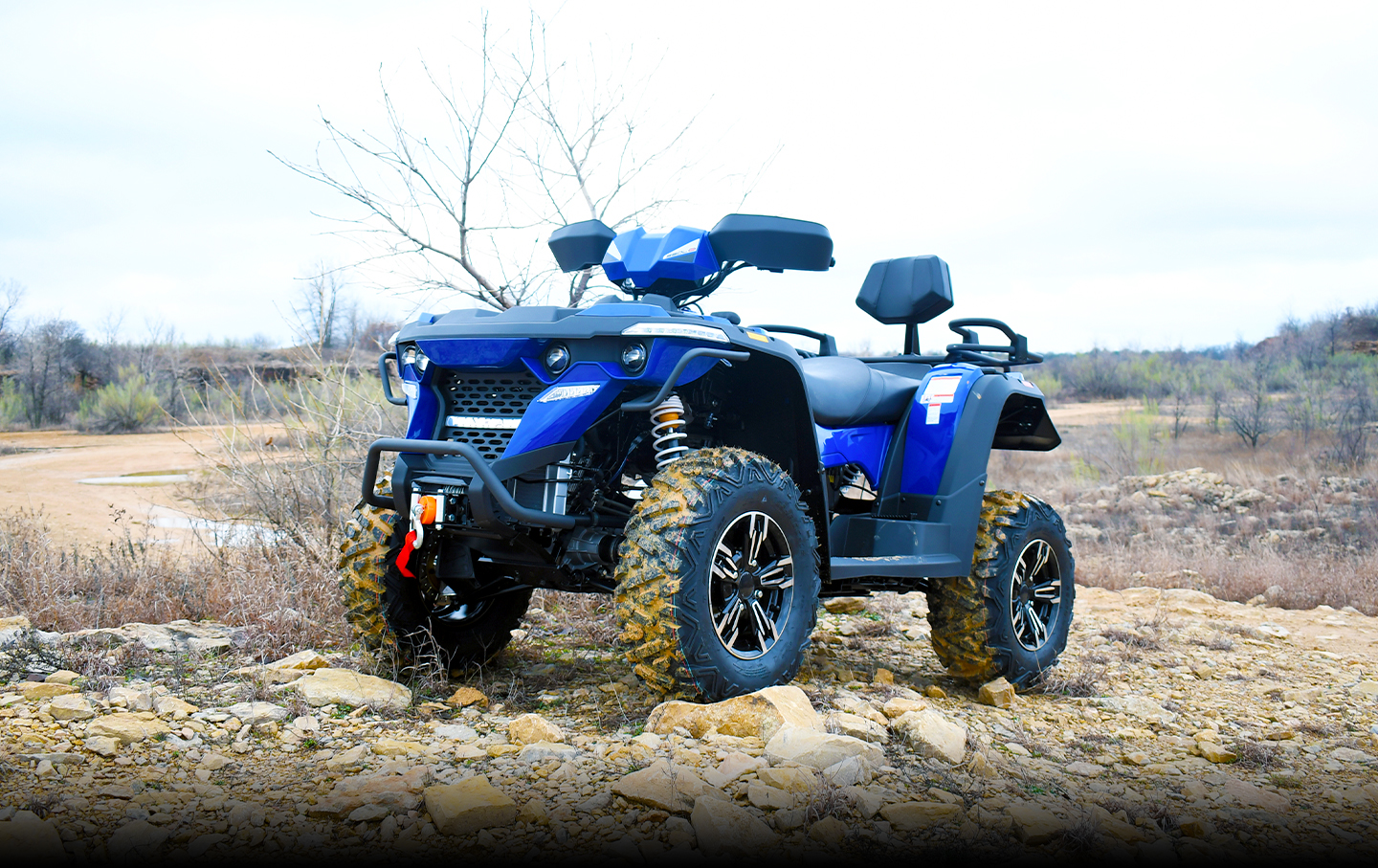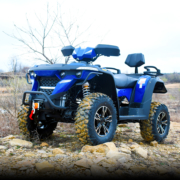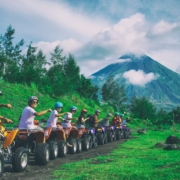Go green on the trails and make your rides less harmful to nature with Super Power Sports’ five tips for eco-friendly ATV riding.
While tearing up the trails on your ATV or UTV is exciting, it may have a negative influence on the ecosystem. If you enjoy ATVing, it’s critical to protect this natural environment and keep it open to off-road riding for many years to come. There are several methods to make your rides less destructive to the environment, whether you’re racing through woodland trails or splashing through mud. With ATV Trader’s five eco-friendly ATV riding guidelines, you can go green on the trails.
1. Stay on Designated Trails
ATVs and UTVs let you spend time in natural settings with heart-pumping trail riding. However, barreling through the natural habitat of native plants and animals isn’t the most environmentally friendly activity. Make sure you’re only riding on your own property or on designated trails.
If you’re on your own property, design your trail to have minimal ecological impact and be more sustainable. Riding paths should maintain the trail’s basic stability and shape without major changes. You should also ensure that your soil is durable enough for riding and won’t break through the ground’s vegetative cover.
Designated trails, including ones at an ATV park or national park, have paths that have already been cleared to avoid plants and wildlife, so you won’t have to worry about doing any more harm. It can also help to ride in the middle of a path to avoid widening it.
Be sure that you’re only riding in areas open to off-road vehicles. According to the Bureau of Land Management (BLM), sensitive areas, such as meadows, lakeshores, wetlands and streams, should be avoided.
2. Ride an Electric ATV
You can still reach thrilling speeds on an ATV without guzzling gas and putting dangerous toxins into the air. According to the Environmental Protection Agency (EPA), the large amounts of emissions from ATVs help form smog and contain toxic compounds, so it’s important to reduce these for the overall health of riders and the environment.
Popular brands, such as Polaris, feature lines of electric vehicles that are more fuel efficient, produce lower emissions, and can tackle work and play. Instead of hearing the roar of an engine, your riding soundtrack is simply the sounds of nature and the terrain under your tires.
3. Clean Up After Yourself
ATV and UTV riding can be an all-day activity, complete with hanging out with friends and having a snack on the trails. Just make sure you pack up whatever you brought with you. If you have a utility four wheeler with storage space, bring some trash bags to clean up your mess once you’re finished. Littering can lead to a hefty fine, especially on trails at national parks and forests.
4. Keep Up with Your ATV Maintenance
Maintaining your quad is an easy way to reduce emissions, fumes, and toxins as you ride, no matter what type of off-road vehicle you have. Simply following your manufacturer’s recommended maintenance can help reduce the emissions from your off-road vehicle. You should also wash your ATV after a ride to avoid spreading noxious weeds from trail to trail.
If you have a gas-powered or diesel-powered ATV or UTV, consider using a synthetic oil. Synthetic oil not only extends the lifespan and efficiency of your engine, it can also improve fuel economy and lasts longer so you create less oil waste.
When you do have to dispose of certain ATV and UTV parts and fluids, make sure you do so in a proper, eco-friendly way. You should never simply throw away oil, batteries, and other harmful chemicals because these can be damaging to the environment. See what local businesses, such as mechanics, or recycling centers can accept used motor oil or lead-acid batteries.
5. Join a Club
A great way to participate in more sustainable practices is to join a club with like-minded off-road riders. Find an organization that is committed to being more eco-friendly and promotes conservation. Tread Lightly!, for example, is a nonprofit organization that strives to balance the needs of outdoor enthusiasts and the need to maintain a healthy ecosystem. Organizations like this offer educational programs and materials that promote positive, environmentally friendly offroading, along with hands-on activities and events.
You don’t have to feel guilty when you hit the trails in your off-road vehicle. By following these five tips, you can make your ATV rides more eco-friendly and enjoy your adrenaline-filled time in the great outdoors.



